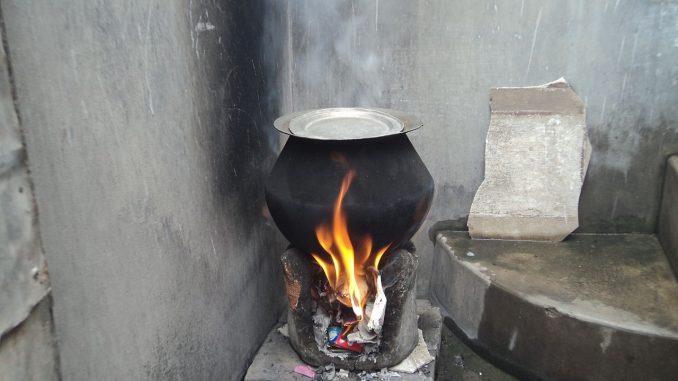
Traditional cook stoves that are widely used in rural parts of India, may be producing much higher levels of particulate emissions than previously estimated, causing a detrimental impact on the country’s environment
Traditional cook stoves that are widely used in rural parts of India, may be producing much higher levels of particulate emissions than previously estimated, causing a detrimental impact on the country’s environment and health of residents, as per a study published in the Journal Atmospheric Chemistry and Physics. In December 2015, the team of researchers spent about 20 days running a series of tests in Raipur, a city in central India where more than three quarters of the families use cook stoves to prepare their meals. The scientists burned a variety of bio-fuels like fuel wood, agricultural residue and cow dung and cooked different meals in a number of varying ventilation situations and recorded the resulting emission levels using high-tech particle measurement devices.
The study was conducted by School of Engineering & Applied Science, Washington University in St. Louis. “Our project findings quantitatively show that particulate emissions from cookstoves in India have been underestimated,” said Rajan Chakrabarty, assistant professor at Washington University. “Traditional cookstove burning is one of the largest sources of pollutants in India. We found it’s a really big problem; this is revising what people knew for decades,” he added.
“We went in with some real advanced instruments to map out detailed information on the emissions,” said Pratim Biswas, the Lucy and Stanley Lopata Professor and chair of the Department of Energy, Environmental & Chemical Engineering. “We also used low cost sensors that we developed. A large number of these could be simultaneously deployed to provide information on the spread of the plume. It’s not about taking a single reading.
“This then allows us to eventually determine the regions of hot spots and what locations would have high concentrations,” he said. “This detailed characterization of the situation is very critical, and that can only happen in the field. We can’t be doing it here in the lab.”
While further investigation is needed to evaluate the exact effect of cook stove emissions on the climate and health, the researchers suggest that their work lays the foundation for further improving the process by which those effects are evaluated and measured. The scientists say that the newly developed low-cost pollution sensor can allow to eventually determine the regions of hot spots and locations that would have high concentrations of emissions.
Source: NDTV

Leave a Reply